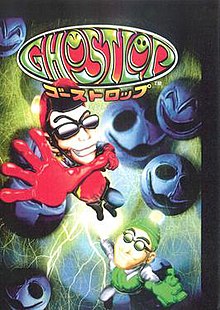우달
Udal of Mahoba
우달은 알하칸드 서사시에 등장하는 전설적인 12세기 장군의 이름입니다.[1]서사시에서 우달과 그의 형제 알하는 마호바의 찬들라 왕 파라마르디 데바(파르말 또는 파리말로도 알려져 있음)의 군대에서 복무합니다.그들은 라즈푸트와 아히르의 혈통을 가진 바나파 가문에 속해 있었습니다.[2][3]
알하칸드에 따르면 우달은 역시 장군이었던 아버지 다스라즈가 죽은 후에 태어났으며 파라마르디 왕을 섬기며 살해되었다고 합니다.이후 왕은 우달을 친아들로 키웠습니다.[4]서사시는 프리스비라지 차우한이라고도 알려진 라이 피토라의 침략군과 마호바에서 벌어진 큰 전투에서 싸우다가 우달이 어떻게 죽었는지를 묘사하고 있습니다. 발라드의 내용은 화려하지만, 그 전투는 마단푸르에서 석문으로 증명되었고, 1182년에서 1183년 사이에 일어났습니다.[5]
참고문헌
- ^ Schomer, Karine (1990). "The "Ālhā" Epic in Contemporary Performance". The World of Music. 32 (2): 58–80. JSTOR 43561259.
- ^ Hiltebeitel, Alf (2009). Rethinking India's Oral and Classical Epics: Draupadi among Rajputs, Muslims, and Dalits. University of Chicago Press. p. 163. ISBN 978-0-226-34050-0.
Ūdal (and the rest of the Banāphars) is susceptible to "mean caste" slurs and slights because of his combined Kṣatriya (Rajput) and cowherd (Ahir) background.
- ^ Crowley, Thomas (7 September 2020). Fractured Forest, Quartzite City: A History of Delhi and its Ridge. p. 277. ISBN 9789353885564.
The Banaphars also identify themselves as Rajputs. Throughout this epic, though, they have various caste slurs hurled at them by higher-status Rajputs who claim that the Banaphar line is contaminated with the blood of Ahirs, a nomadic pastoral community.
- ^ Mishra, Pt. Lalita Prasad (2007). Alhakhand (in Hindi) (15 ed.). Lucknow (India): Tejkumar Book Depot (Pvt) Ltd. pp. 1–11 (History of Mahoba).
- ^ Mitra, Sisir Kumar (1977). The Early Rulers of Khajurāho. Motilal Banarsidass. p. 123. ISBN 9788120819979.


